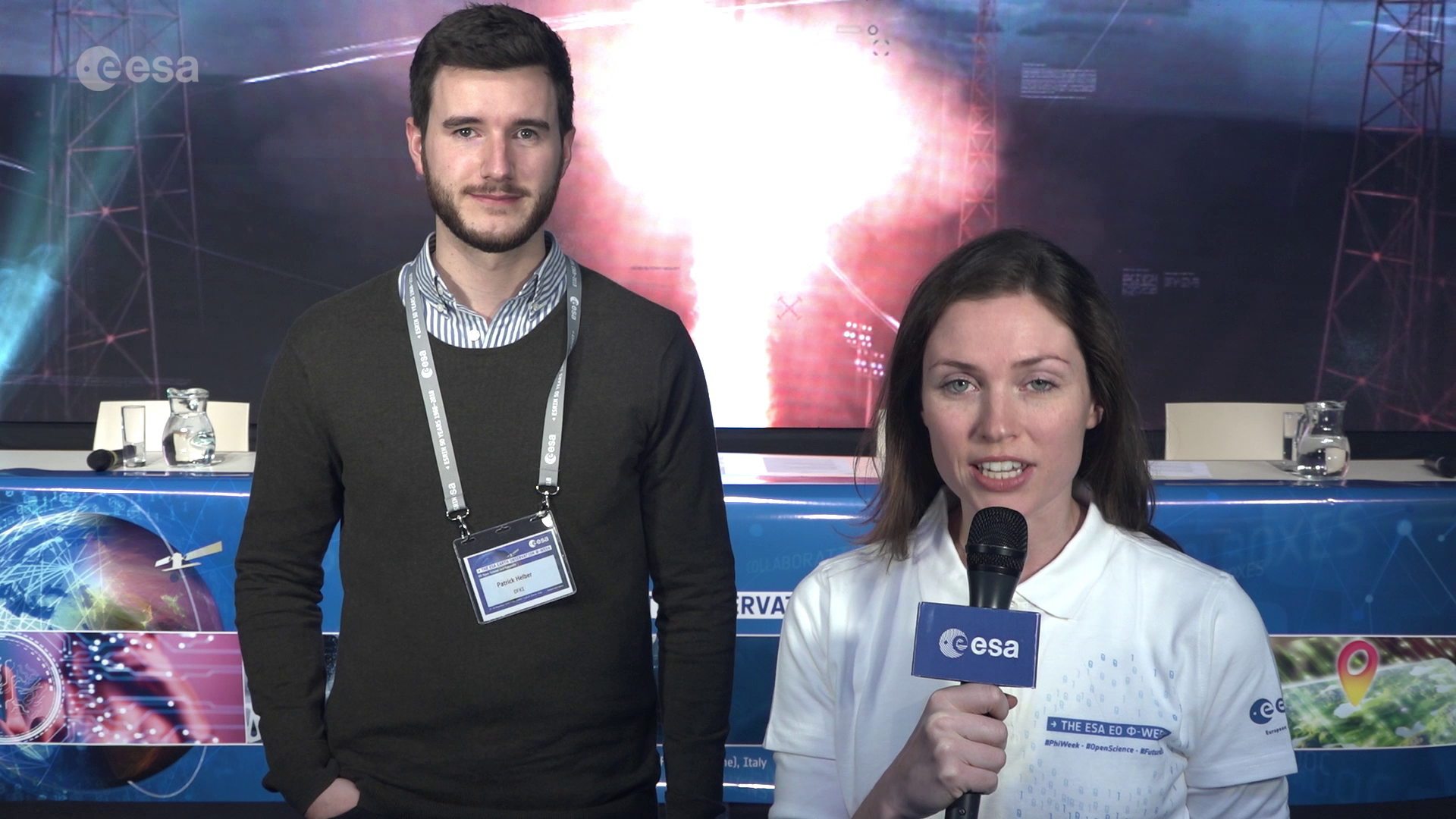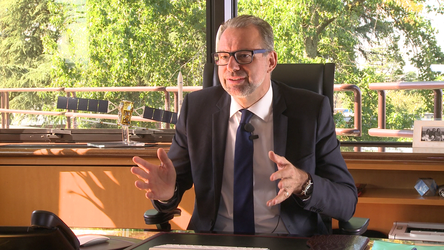Harnessing artificial intelligence for sustainability goals
As ESA’s ɸ-week continues to provoke and inspire participants on new ways of using Earth observation for monitoring our world to benefit the citizens of today and of the future, it is clear that artificial intelligence is set to play an important role.
Taking place at ESA’s centre of Earth observation in Frascati, Italy, on 12–16 November, ɸ-week has drawn hundreds of people from numerous disciplines to explore innovation, new technologies and cross disciplinary cooperation – to see how satellite data coupled with new technologies such as artificial intelligence can bring benefits to science, business, the economy and society at large.
One might initially associate artificial intelligence and machine learning with robots and science fiction. However, it is, without question, seeping into our everyday lives through, for example, digital advertising, speech recognition tools and innovations such as Apple’s Siri and Amazon’s Alexa.
Artificial intelligence is fundamentally the simulation of human intelligence by computer systems. Before it can work, it has to learn by being trained. Not only does it have to acquire information – essentially it has to acquire the rules for using the information correctly.
With availability of such a vast amount of satellite data – Earth observation satellites operated by ESA alone provide about 150 TB of data every single day – it is a challenge to make use of it all effectively.
Artificial intelligence and computing, however, have the power to unlock the full potential of these satellite data and make full use of missions in orbit.
Applying artificial intelligence to Earth observation is expected to make it easier and quicker to provide users with the information they need. This is particularly relevant for dealing with environmental disasters and climate change, but also for making headway in achieving the UN’s Sustainable Development Goals (SDGs).
At ɸ-week, Patrick Helber from the German Research Center for Artificial Intelligence, talked about how they are training an artificial intelligence system with data from the Copernicus Sentinel-2 mission to help address global challenges such as those highlighted by the SDGs.


Access the video
Mr Helber said, “Take for example the SDG 11 Sustainable Cities and Communities. It is expected that 95% of urban expansion over the next decades will take place in the developing world. There will be obvious issues relating to public health, clean water and so on.
“As a first step towards helping those people, we need to be able to map these growing urban environments.
“It is clear that you cannot manually analyse hundreds of terabytes of data every day, we need an automated approach, which is where artificial intelligence comes in.
“Through our research, we can, for example, run over a Copernicus Sentinel-2 image with trained artificial intelligence and the type of land is automatically classified.
“This, in turn, allows changes in land-use, such as urban growth to be monitored automatically.”
This is just one of the topics related to coupling Earth observation with artificial intelligence being discussed at the ɸ-week.
With the huge potential that this field has to offer, ESA’s Director of Earth Observation Programmes, Josef Aschbacher, noted, “We believe that artificial intelligence is set to take us into a new era for Earth observation and this can only benefit society.
“While I expect this will be a matter of routine in the years to come, my personal dream is to fly a small satellite that carries an artificial intelligence chip to provide information in a more ‘intelligent’ way.
“And in fact, we already hope to launch a small experiment of this nature next year to see how it would work.”









